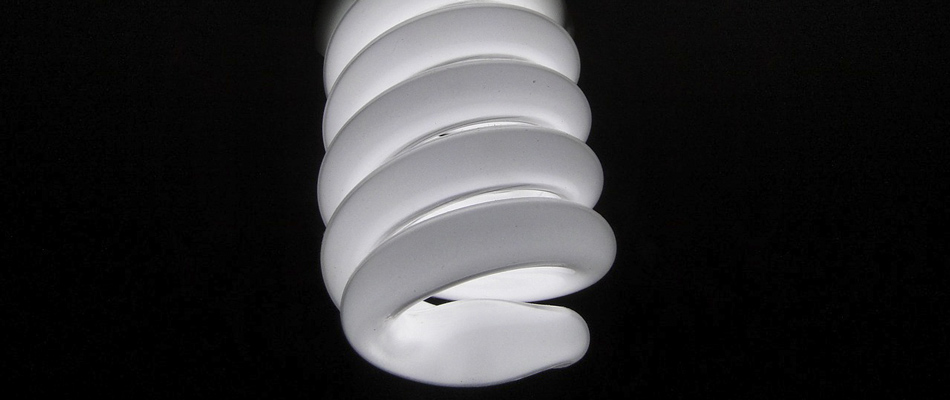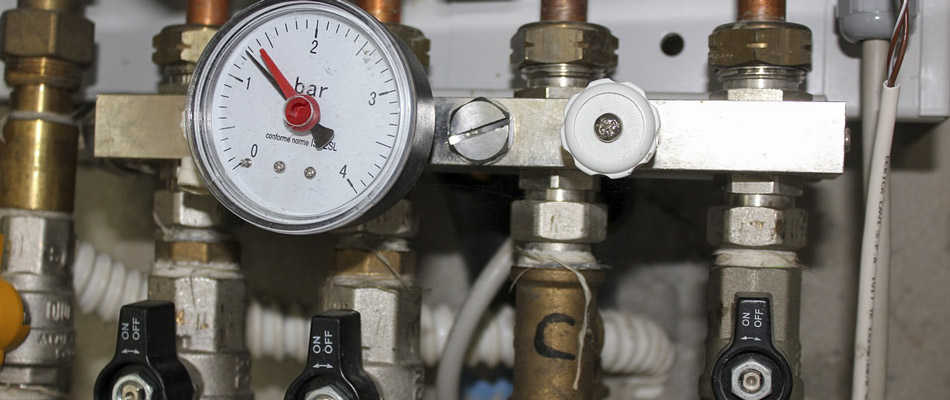Watts are a vital unit of measurement for electricity consumption and conservation, but they can be difficult to explain a magnitude of watts. Here are some quick explanations to explain electricity energy conservation to colleagues, teachers and students.









